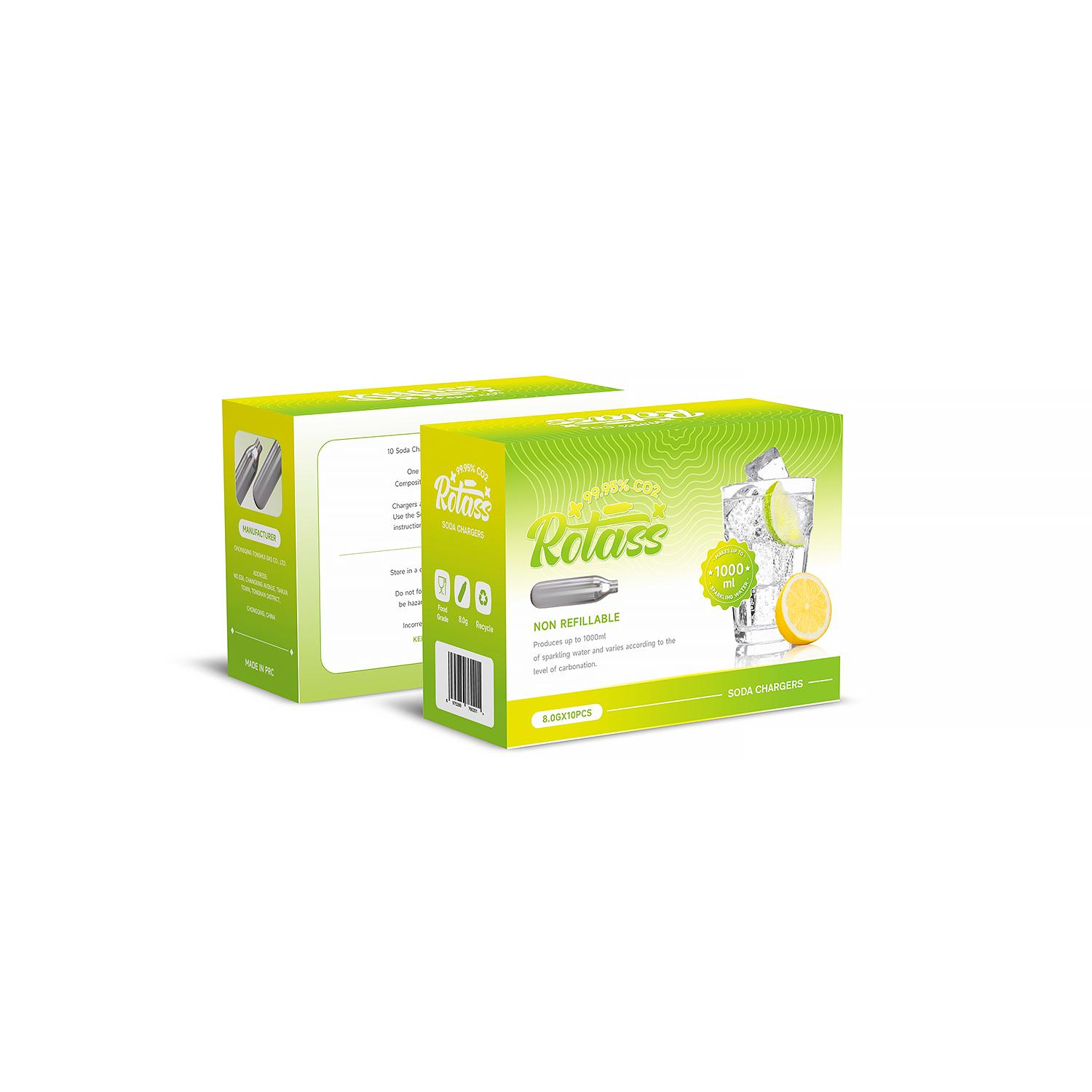What Is Food-Grade Carbon Dioxide and Why Does It Matter?

What Is Food-Grade Carbon Dioxide and Why Does It Matter?
Food-grade carbon dioxide (CO₂) is a high-purity gas that meets strict safety and quality standards for use in food and beverage applications. Unlike industrial CO₂, which may contain impurities, food-grade CO₂ is carefully purified to comply with regulations set by agencies like the FDA and the European Food Safety Authority (EFSA).
This type of carbon dioxide is widely used in the food industry for a variety of purposes. In beverages, it’s essential for carbonating sodas, sparkling water, and beer—creating that refreshing fizz consumers love. In food packaging, CO₂ helps extend shelf life by reducing the growth of bacteria and mold, especially in vacuum-sealed or modified atmosphere packaging (MAP).
Food-grade CO₂ is also used in cryogenic freezing, where it rapidly chills products like seafood, meat, and ready-made meals without affecting texture or flavor. Additionally, it's employed in the transport and storage of perishable goods, helping maintain cold chain integrity.
Whether it’s for fizzing your favorite drink or preserving freshness, food-grade carbon dioxide plays a critical role in ensuring product safety, quality, and shelf life across the food industry.
- Art
- Causes
- Crafts
- Dance
- Drinks
- Film
- Fitness
- Food
- Games
- Gardening
- Health
- Home
- Literature
- Music
- Networking
- Other
- Party
- Religion
- Shopping
- Sports
- Theater
- Wellness


